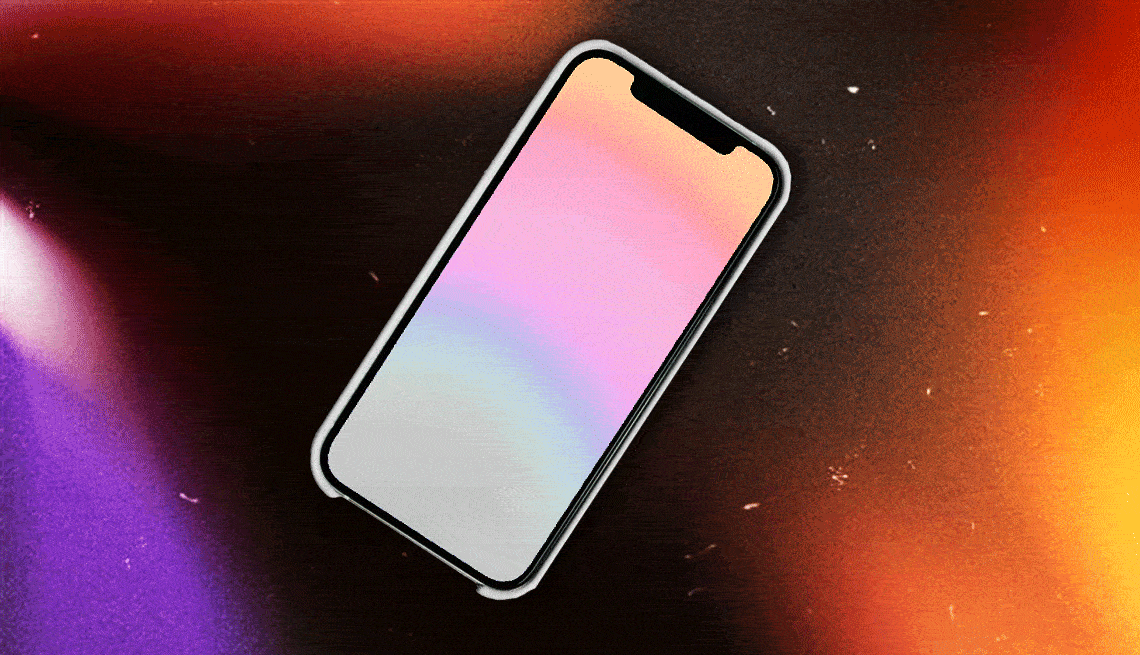AARP Hearing Center


I’m glued to my phone a lot, and so are my kids. But the worst culprit in the house is my husband, who seemingly can’t come to a meal or bed without the phone in front of his face.
What advice do you have to reduce the time on his device and get him to pay attention to us?
The question you raise applies to most of us. All of us can benefit from less time with a screen and more time face-to-face with our families and other people.
Full confession: I’m guilty too.
Overdosing on smartphones can raise stress, hamper sleep, decrease social interaction and harm overall mental well-being. Excessive use also can lead to physical problems.
During the pandemic, BJ Fogg, a Stanford University behavioral scientist and author of the 2019 bestseller Tiny Habits: The Small Changes That Change Everything, noted that the time we spend on screens may come at the expense of other healthier or more beneficial behaviors, including exercise. A few years hence, that’s still the case.


Ask The Tech Guru
AARP writer Ed Baig will answer your most pressing technology questions every Tuesday. Baig previously worked for USA Today, BusinessWeek, U.S. News & World Report and Fortune, and is author of Macs for Dummies and coauthor of iPhone for Dummies and iPad for Dummies.
The older you are, the less you check your smartphone
In 2024, more than 2 in 5 Americans said they felt addicted to their phones, part of a survey of 1,000 consumers age 18 and older from Reviews.org, a site based in Draper, Utah, that analyzes internet providers and mobile services. Average Americans check their phone 205 times a day, the survey reported, and 81 percent check within the first 10 minutes of waking up.
To be sure, older adults spend nowhere near the time on their devices compared to those younger:
- Generation Z, born between about 1997 and 2012, amasses 6 hours, 18 minutes of screen time daily.
- Millennials, 1981 to 1996, are close behind at 6 hours, 2 minutes.
- Generation X, 1965 to 1980, logs 4 hours, 54 minutes on smartphones.
- Baby boomers, 1946 to 1964, spend 3 hours, 18 minutes.
- Silent Generation members, born between about 1928 and 1945, may have the healthiest tally at 1 hour, 16 minutes.
Except for the baby boomer era, the U.S. Census Bureau’s monicker for the surge in births after World War II, the markers dividing generations are fluid. How Reviews.org defined them is unclear, but as a reference point, I’m using definitions from the Pew Research Center in Washington.


































































You Might Also Like
The Mail App on My Smartphone is Missing. How Can I Find It?
Sometimes icons aren’t where they should be. Here’s what to do when they vanish
How Do I Recover Deleted Smartphone Photos?
Deleted pictures don't have to stay deleted, at least for a little while. Getting those pics back is easy whether you shoot them on Android phones or iPhones. Here's how.
My Smartphone Has Run Out of Storage. What to Do
How to find files, data behind all that digital clutter